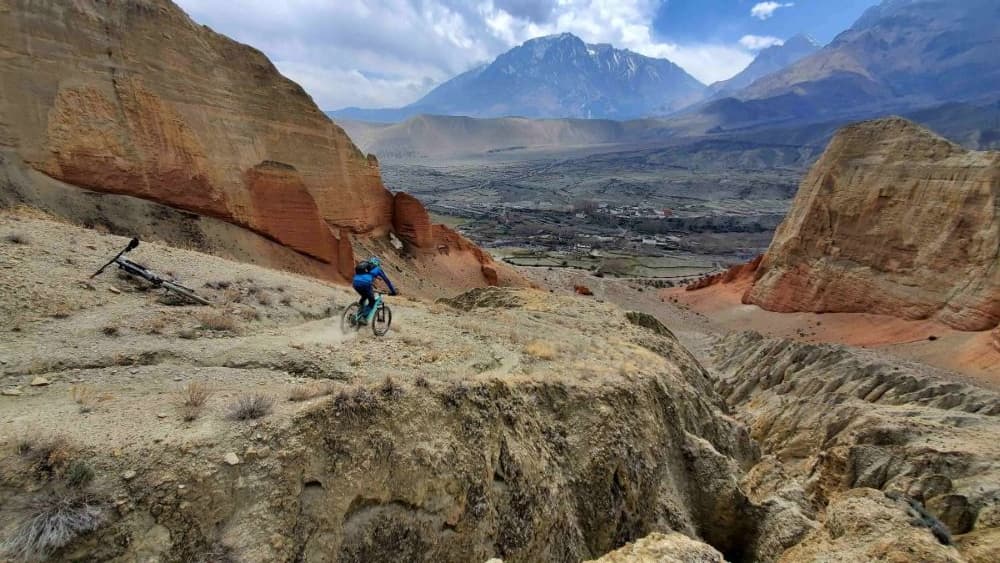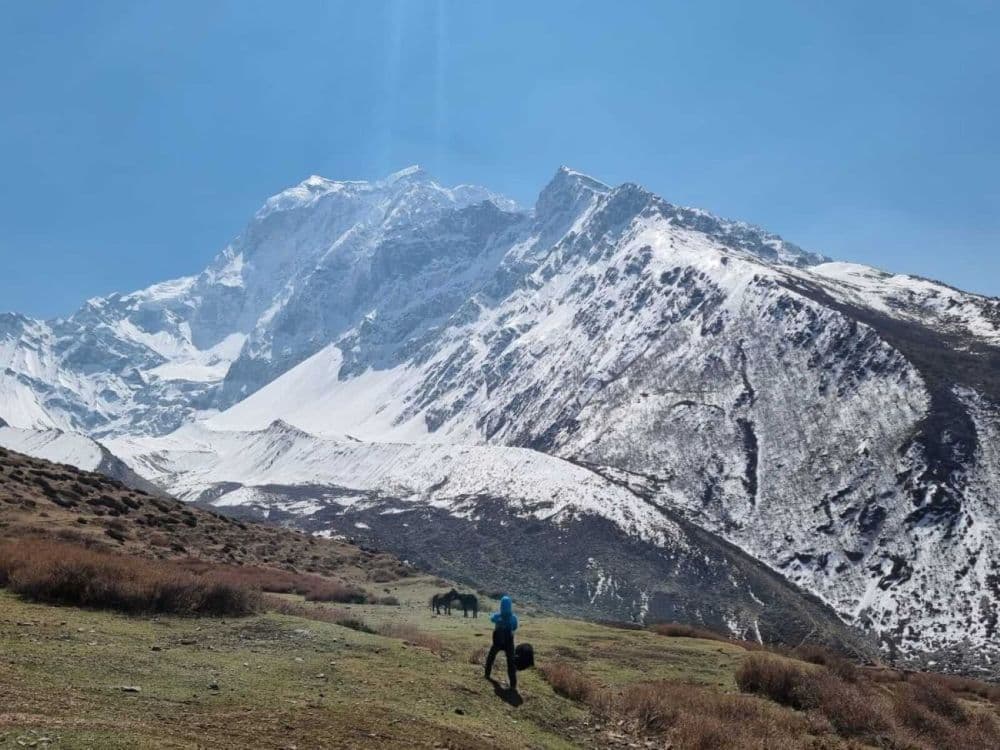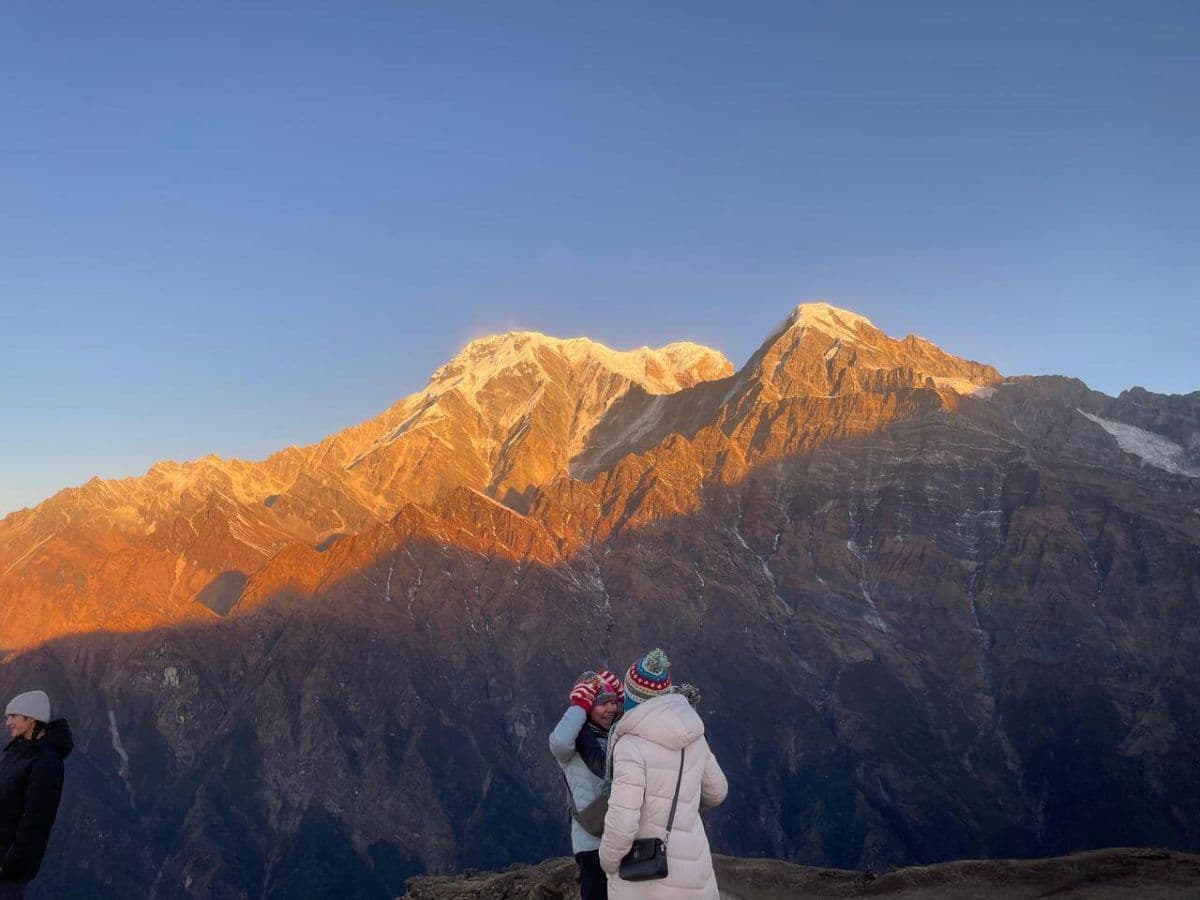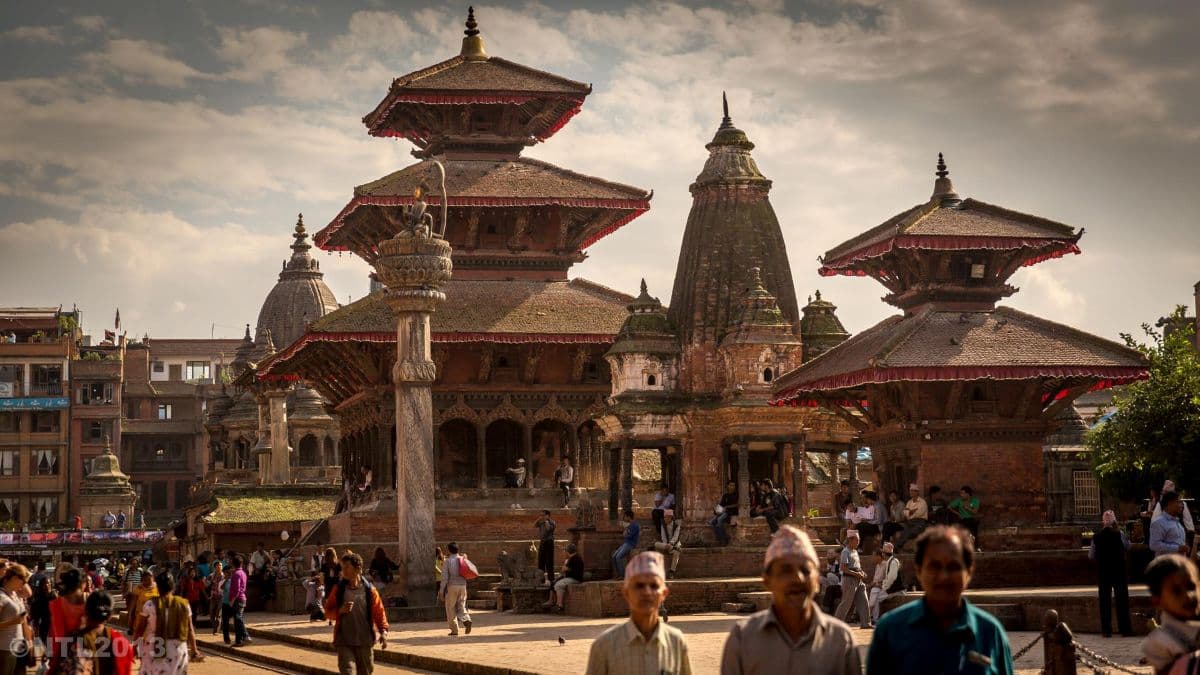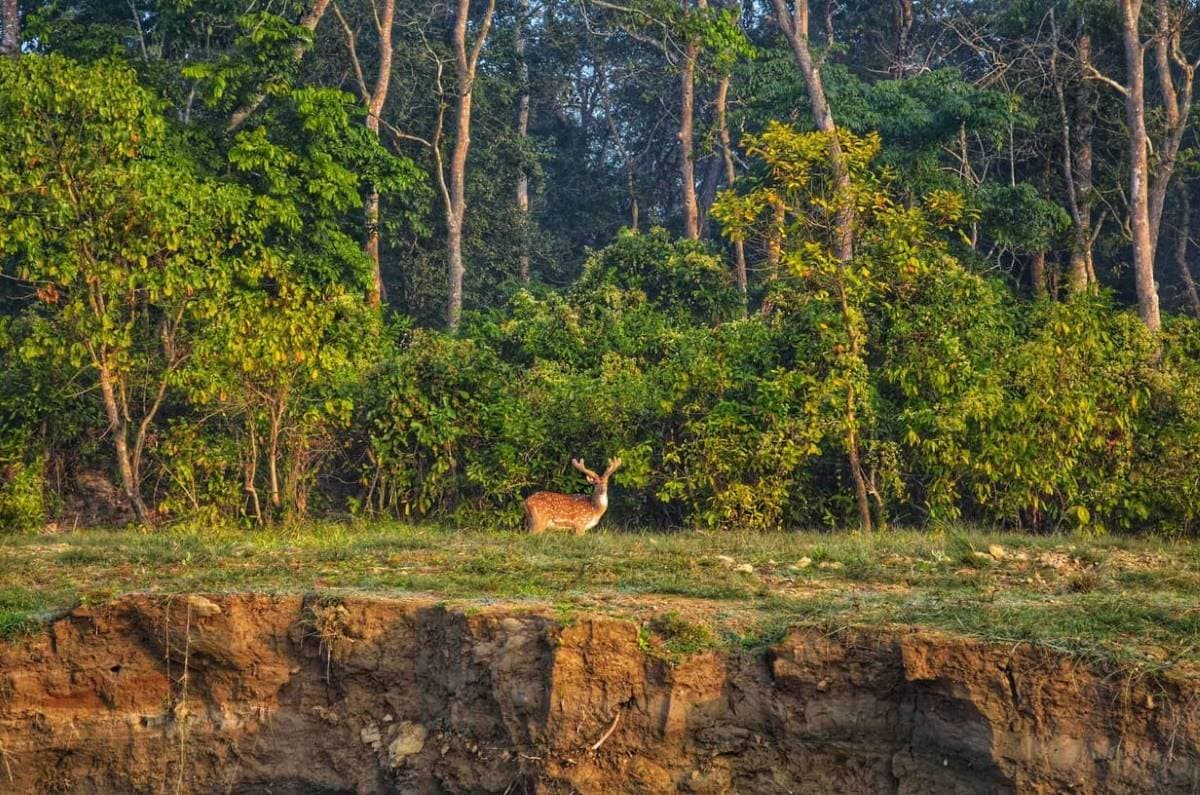
Altitude Acclimatization for Trekking : Tips for a Safe Trek
Altitude acclimatization is not just a checklist element for your high-altitude trekking, it is the key factor that can make or break your journey. Many people tend to overlook acclimatization in treks. However, missing out on acclimatization to higher altitudes means turning your potential perfect experience into a life-threatening situation.
There is a thin line between acclimatization and pushing yourself too hard. For instance, you are trekking towards Everest Base Camp, full of energy and excitement. However, you decided to ascend to a higher altitude without acclimatizing at Dingboche. As you ascend higher, so do your altitude sickness symptoms. With no choice, you will have to return from the trek. Now, all you are left with is the regret of not properly acclimatizing, but pushing yourself hard.
Now that you have a general idea of acclimatization, let’s dive deeper into altitude acclimatization for trekking so that you won't have to return from the trek, heart full of regret.
What is Acclimatization?
When you are planning for the trek and searching for a perfect itinerary and route, you may come across a familiar yet strange term called acclimatization. So, what really is acclimatization?
When you go on high-altitude treks above 2500 m, the atmospheric pressure gradually decreases. With an increase in elevation, the air gets thinner with a lower percentage of oxygen in the air. Hence, your body will be left to use the limited amount of oxygen in the thin air.
Hence, altitude acclimatization can be described as the process of adapting your body to such a lower proportion of air at a higher altitude.
Why is Acclimatization Important?
Now, you know what acclimatization is, let's know more about the importance of acclimatization. When you ascend to a higher altitude, especially while trekking above 2500m, your body starts to gradually adjust to the lower oxygen level. However, if your body cannot adjust to such lower oxygen at higher altitudes, you will be at great risk of high-altitude sickness. The symptoms of altitude sickness can start from mild acute altitude sickness and worsen to life-threatening conditions like chest tightness, hallucinations, and even death, or coma due to HAPE and HACE.
What Happens If You Don't Acclimatize Properly?
Mastering high altitude sickness with the help of acclimatization in trekking is the key to completing your trek. However, if you do not acclimatize properly, the result negatively impacts your body and ultimately your trek. There are 3 stages of inadequate acclimatization.
Firstly, if your body cannot adapt to the thin air, you will feel mild symptoms of acute mountain sickness(AMS), like a headache. nausea, light-headedness, loss of appetite, etc. These symptoms of AMS are uncomfortable, but you can still continue the trek after resting and taking altitude sickness medications.
When you feel symptoms like shortness of breath, persistent cough, chest tightness, etc, you should understand that your condition has worsened and you are suffering from High-Altitude Pulmonary Edema (HAPE). You should stop ascending and seek medical help if possible.
Another phase of altitude sickness that can be life-threatening is High-Altitude Cerebral Edema (HACE). In this medical condition, you will suffer from hallucinations, unconsciousness, etc. If you do not get proper medical attention immediately, it can cause coma or death, too.
How Can You Avoid Altitude Sickness by Acclimatization in Trekking?
Stay Hydrated Throughout the Trek
When the altitude increases, you will breathe in the lower oxygen in the thin air. This will increase your respiration or breathing. As a result, your boys will lose water faster. Similarly, higher elevation not only has thin air but also dry air. This low humidity causes moisture from your body to evaporate quickly, leading to dehydration even if you're not sweating heavily.
Hence, your body is constantly losing water as you are ascending to a higher altitude. So, you have to be hydrated to maintain blood flow and energy levels, supporting your body’s oxygen delivery. Make sure you drink 3 to 4 liters of water daily throughout the trek. You can take water purification tablets and electrolytes to boost hydration on the trail.
Ascend Gradually
One of the key techniques to acclimatize to higher altitudes is ascending gradually. You should walk at your own pace on trails while trekking in Nepal. Sometimes, you may think that a certain distance is achievable, so you will start ascending rapidly. However, it can push you towards altitude sickness. Moreover, once you reach above 3000m, you should only ascend 300 to 500 meters daily. Moreover, following the golden rule of “Climb high, Sleep Low” can help with altitude acclimatization for trekking. In daytime, you can ascend to high altitude; however, during the nighttime you should descend to certain elevations and rest your day there.
Have Enough Meals
Not only staying hydrated, but eating well in high altitude trek is equally important for acclimatization. Due to long hours of walking on the trails, your body continuously burns calories. However, you need to refuel yourself to have enough energy to continue the trek. So, you can have food that is rich in carbohydrates and fibre.
Integrating this nutrition into your diet will help to replenish the energy and make it easy to digest. Similarly, carry some protein bars, nuts, etc, for a little snacking on the trail. Remember that even if altitude affects your appetite, you should not skip your meal. Try force-feeding yourself.
Listen to Your Body
At high altitudes, your body gives you clear signals when something isn’t right, and it’s crucial to pay attention. Ignoring early symptoms like headaches, fatigue, nausea, or dizziness can quickly lead to more serious forms of altitude sickness. Everyone acclimatizes at a different pace, so comparing yourself to others can be risky.
If you start feeling unwell, slow down, take a break, or descend if necessary. Rest, hydration, and proper nutrition often help, but if symptoms persist or worsen, it’s a sign your body needs more time to adjust. Listening to your body isn’t a sign of weakness—it’s smart trekking.
Do not Overexert Yourself
Walking on the trails while inhaling the low level of oxygen is already tiring. If you further overexert yourself by covering extra miles, then you are pushing yourself toward elevation sickness. Moreover, carrying luggage and equipment by yourself can also overexert you, so you can try hiring a porter for comfortable trekking.
Take Medications
Medicines like Diamox (Acetazolamide) for altitude sickness can help you reduce the symptoms of AMS. However, you should take these altitude sickness medications within a certain limit or dose. If you think that your condition of AMS is worsening, it is recommended to descend and seek medical help rather than taking medicines to lessen the effects of altitude sickness.
Avoid Smoking and Drinking
Smoking and Drinking can significantly delay your acclimatization at higher altitudes. Alcohol tends to dehydrate your body and lower the oxygen absorption. Likewise, smoking also slows down the intake of oxygen, which makes you prone to higher altitude sickness. Hence, it is better to avoid smoking and drinking while you are embarking on high-altitude treks.
Include Acclimatization Days in Your Trekking Itinerary
While choosing your trekking itinerary, you should choose the package that has acclimatization days. These days are not just resting days in your trek, but they are kept for your body to acclimatize properly with the thinner air of significantly high altitude. In these days, you will go short hikes to upper elevations and get back to lower altitudes.
Hence, skipping acclimatization days can save you some time, but it increases the risk of altitude sickness. So, why not take some days for altitude acclimatization rather than going home halfway from the trek due to altitude sickness?
How Long Does Altitude Acclimatization Last?
Altitude acclimatization is a continuous process. When you are going on high-altitude treks, your body will be acclimatizing to every inclination in the altitude. Your body starts to acclimatize within a few hours of gaining elevation. However, to acclimatize your body fully to a specific higher elevation, it may take a few hours to 1-2 days. It also depends on the resistance and functioning capacity. People who are healthy and take necessary precautions may acclimatize fast; however, those who don't take necessary safety measures may take a longer time to acclimatize.
However, you have to remember that acclimatization is temporary. Once you descend, your body will slowly lose the adaptation to higher altitude.
Can altitude sickness occur even after proper acclimatization?
The first misconception about acclimatization is that most people think that getting used to higher elevations can totally eliminate altitude sickness when trekking. However, the truth is that acclimatization is just a process to reduce the risk of high-altitude sickness. It doesn't cut off or guarantee the entire risk of you suffering from altitude sickness.
Various factors like dehydration, ascending rapidly, smoking, etc, can delay your acclimatization process. Slowing down acclimatization can also make you prone to altitude sickness.
How Can I Monitor My Acclimatization Progress During the Trek?
There are several ways you can monitor your altitude acclimatization process.
- You can monitor the symptoms of altitude sickness from mild to extreme. This way it can give you a general idea of how well your body is acclimatizing to higger altitude.
- Using an oximeter can be a great help to check the acclimatization process. An oximeter will help to monitor blood oxygen saturation and heart rate.
- Loss of appetite, extreme tiredness, or breathlessness even at rest are signs that you should take seriously.
Are There Any Traditional Practices To Help the Acclimatization Process?
Garlic soup is one of the most effective traditional aids for altitude acclimatization. Even though there is no scientific reasoning behind this, this soup is believed to increase blood circulation and improve digestion. Likewise, many herbal teas are also believed to help aid acclimatization at higher altitudes.
How Does the Body Physically Adjust During Altitude Acclimatization?
The first response of your body during acclimatization is increased respiration or breathing. When your body tries to breathe in the limited oxygen of the thin and dry air, it tries to take in more oxygen molecules with each inhale. Likewise, your heart rate speeds up, trying to pump more blood to carry oxygen to muscles and other organs.
Furthermore, your body begins to make additional red blood cells to carry oxygen throughout the blood. In this manner, even when there is less air present, it will contribute to a better oxygen supply.
Acclimatization During Popular High Altitude Treks in Nepal
Everest Base Camp Trek
During the Everest Base Camp Trek, most of the trekkers plan their acclimatization days at Namche Bazaar(3,450 m) and Dingboche(4,410 m). While trekking to the foot of Sagarmatha, these two stops are considered significant elevations for adjusting your body.
Annapurna Circuit Trek
When it comes to the Annapurna Circuit Trek, trekkers prefer acclimatizing in Manang (3,540 m) or Thorung La Phedi (4,450 m) before crossing the mighty Thorong La Pass (5,416 m). Inclining above 5000 m is no joke. It can be tough not only for beginners but also for seasoned trekkers. Hence, this will help them to adapt their body to higher altitude and complete the trek successfully.
Manaslu Circuit Trek
For the Manaslu Circuit Trek, many trekkers take rest days and go on acclimatization hikes in Sama Gaun (3,530 m) before heading to Samdo and crossing Larke Pass (5,160 m). Going on side hikes to Pungyen Gompa or Manaslu Base Camp and returning to a lower elevation helps your body adjust to the higher altitude.
Tips for Effective Acclimatization
- You should take short breaks while walking on the trails. Try matching your breathing with the stride so that you do not pace rapidly.
- Do not consume junk food, hard drinks, and caffeinated drinks on treks. This will slow down your acclimatization. Instead of junk food, you can eat energy or protein bars.
- No matter how healthy or fit you are, do not take altitude sickness lightly. Follow safety measures for adequate altitude acclimatization.
- Consume lots of fluid, including water, soups, daal, etc. Make sure you eat well and sleep well.
- Stop pushing yourself when your body has exceeded its limit. Trek is not as important as your health. It's totally okay if you finish the trek 1-2 days late or complete the trek next time.
Myths About Altitude Acclimatization
- If you're fit, you won't get altitude sickness
- You can push through the symptoms
- Altitude sickness will only happen at higher altitudes
- Acclimatization can totally zero the risk of altitude sickness.
Although altitude acclimatization seems like a minor aspect of trekking, it has a significant impact. You'll take fewer chances of altitude sickness, have more energy, and be able to appreciate the beauty around you more clearly if you give your body time to adjust. The mountains are an adventure rather than a race. So take a deep breath, go slow, and let each step be part of the adventure. Contact us.
